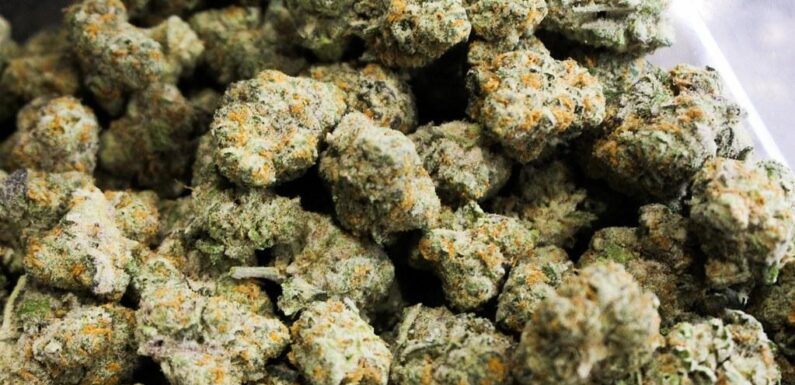
Many people believe that smoking cannabis with the highest concentration of cannabinoids, like tetrahydrocannabinol (THC), is the best way to achieve a quick, intense high. However, new research shows that it’s not just about how much THC is in the cannabis. The way a joint is rolled and the mechanics of how it burns also play a crucial role in determining how much of the active ingredient reaches the smoker. Check here for more info cannabis delivery whitby
With cannabis becoming legal in more places, its popularity is increasing. Currently, about 209 million people worldwide use cannabis. For companies selling legal marijuana products, it’s essential to ensure that their products meet a high standard of quality. This includes measuring the levels of cannabinoids (like THC and cannabidiol, or CBD) and any contaminants. As smoking cannabis remains the most popular method of consumption, particularly in pre-rolled joints, sellers need to provide consistent quality in their products. About 70% of cannabis users prefer smoking, as shown in a 2022 Canadian survey.
A joint is a simple device, made of ground cannabis wrapped in paper. When lit, the plant material burns, releasing gases that contain cannabinoids like THC and CBD. These compounds are then inhaled through the joint. The challenge is in understanding how the structure of the joint affects the delivery of these chemicals.
To explore this, Roggen and his team tested joints made from different strains of cannabis, some high in THC and others high in CBD. They ground the cannabis into particles of varying sizes—1mm, 3mm, and 5mm—and rolled them into joints using standard paper cones. The joints were then connected to a smoking machine that simulated inhaling. This machine took six puffs from each joint, and the researchers analyzed the chemicals in the smoke at different stages of the burn.
The results showed that the size of the cannabis particles significantly affected the intensity of the high. Joints made with smaller particles (1mm) delivered more cannabinoids per puff compared to larger particles (5mm). However, joints with larger particles burned more slowly, resulting in a longer-lasting smoking experience. Interestingly, the concentration of cannabinoids was highest towards the end of the joint, while the flavor, influenced by terpenes, was more pronounced at the beginning.
Roggen’s research revealed another surprising finding: CBD-dominant joints delivered much more of the active ingredient than THC-dominant ones. For example, while the THC joints delivered around 19 to 28 milligrams of THC, the CBD joints delivered an impressive 90 to 100 milligrams of CBD. Roggen is still puzzled by this result and hopes to investigate further.
Roggen also hopes his findings will assist doctors who prescribe medical marijuana in determining appropriate dosages for their patients. Knowing how different joint constructions affect cannabinoid delivery could help standardize medical marijuana doses, ensuring that patients get the right amount with each puff.
This study highlights that rolling the perfect joint involves more than just the type of cannabis used—it’s about how the joint is constructed, too. While some consumers may not pay much attention to details like particle size, these findings offer important insights into the science behind smoking cannabis.

